Insomnia: a condition that can have detrimental effects on your overall well-being, affecting our productivity, mood, and (most importantly) your progress in the gym.
Zolpidem: a widely prescribed medication that helps with insomnia and other sleep-related issues.
Can you see how the two combine perfectly in a problem-solution way? Well, that’s probably why Zolpidem — aka Ambien — is considered the golden standard of sleeping pills.
What is Zolpidem?
The most important part? It’s a non-benzo medication. Zolpidem belongs to a class of drugs known as sedative-hypnotics. It is primarily prescribed to treat insomnia (aka difficulty falling asleep or staying asleep).
Zolpidem works by enhancing the effects of a neurotransmitter called gamma-aminobutyric acid (GABA) in the brain. More on GABA here in our Lorazepam guide, if you want to dive into the details.
What makes Zolpidem a little different from other options is that it has a wider range of applications.
The Benefits and Sides of Zolpidem
Naturally, the main role for Zolpidem has been a sleep aid for people suffering from insomnia. It helps to reduce the time needed to fall asleep and improves the quality and duration of sleep. It has other benefits as well:
- Reduced unwanted awakenings: Zolpidem can significantly reduce the frequency of the times you wake up at night, by calming your nervous system down via the GABA effects;
- Improved daytime functioning: The better you sleep, the better you feel the next day — including increased focus, concentration, and productivity;
- Short-term effects: Zolpidem is generally prescribed for short-term use, typically no longer than 2 to 4 weeks. It’s more than enough to solve your sleep issues.
While Zolpidem is generally well-tolerated, it may cause some side effects in some users. The most common adverse things are:
- Drowsiness or sedation during the day;
- A dry sensation in the mouth (staying hydrated and using sugar-free gum can help alleviate this discomfort);
- Bitter or metallic taste in the mouth after Zolpidem (resolves on its own);
- Headaches or dizziness (especially with doses on the higher end of the scale).
How to Say Whether Zolpidem is Safe for You
Before starting Zolpidem, it is crucial to consider some precautions and discuss them with your doc. You SHOULD NOT take Zolpidem, if you have:
- Liver or kidney disease;
- Respiratory disorders;
- History of substance abuse;
- Mood disorders or mental health conditions;
- Allergy to any of the compound’s components.
Obviously, if you’re a female athlete and you are pregnant, planning to become pregnant, or breastfeeding, Zolpidem is not the best thing for your health.
Zolpidem Interactions
One more thing to consider: you should not mix Zolpidem with medications that react with it in any adverse ways.
It applies to other sleeping pills and other drugs in the same category:
- Benzodiazepines;
- Antidepressants;
- Antipsychotics;
- Muscle relaxants;
- Antihistamines.
Really talk to your doc if you have any of these officially prescribed and plan on introducing Zolpidem to the stack.
Zopiclone vs Zolpidem
We get it, they sound really alike. However, those are not just different trade names for the same medication. Zolpidem and Zopiclone are two different compounds.
- Mechanism of action: Zolpidem specifically binds to a subtype of the GABA receptor;
- Onset: Zolpidem has a faster onset compared to Zopiclone;
- Half-life: Zopiclone has a longer half-life, allowing you to stay asleep for a longer period. Zolpidem, on the other hand, has a shorter half-life of just about 2 hours;
- Availability: Zolpidem is way, WAY more common.
Zolpidem Dosage and Administration Guide
Zolpidem is available in 10 mg pills. The usual recommended dose is one 10mg tablet, taken just before bedtime. It typically takes about 1 hour for Zolpidem to start working and help you fall asleep.
The lower dose is often recommended for people over 65 years old or those with kidney or liver problems.
Zolpidem Administration
Follow the guidelines on the pack (or the ones above, same thing). There’s not much you can alter in this process, it’s pretty straight-forward:
- You can take Zolpidem with or without food;
- Take Zolpidem on only 2 or 3 nights each week;
- Take it for 2 to 4 weeks before possibly stopping the treatment to avoid tolerance);
- Don’t drop Zolpidem out of the blue, tamper off gradually.
Oh, and if you forget to take your Zolpidem dose before bedtime, skip the missed dose and take the next scheduled dose at the usual time the following night. Don’t rush it.
The Conclusion
Zolpidem is just a little different from other benzodiazepines. Faster, more common, but ultimately — the same thing. That’s why it’s considered to be the benchmark for this class of compounds.
Still, though, most of the time it gets down to personal response to the drug, and there’s a pretty good chance Zolpidem will help when other medications have failed. It’s all individual — as always.
References
- Zolpidem: Efficacy and Side Effects for Insomnia https://www.ncbi.nlm.nih.gov/pmc/articles/PMC8567759/;
- Long-Term Treatment of Insomnia with Zolpidem: A Multicentre General Practitioner Study of 107 Patients https://journals.sagepub.com/doi/10.1177/030006059101900313;
- Role of Zolpidem in the Management of Insomnia https://onlinelibrary.wiley.com/doi/full/10.1111/j.1755-5949.2010.00158.x.


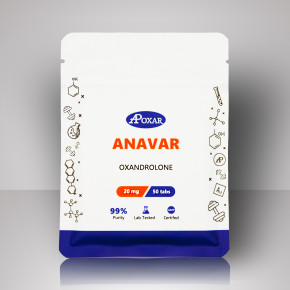
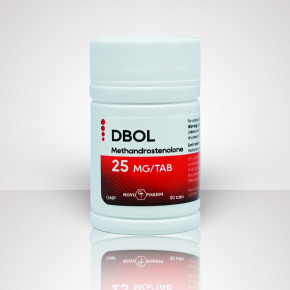





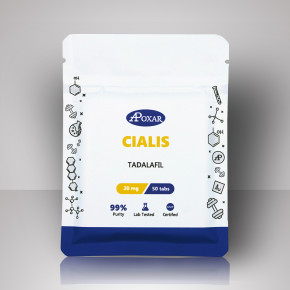

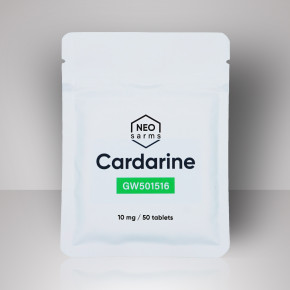




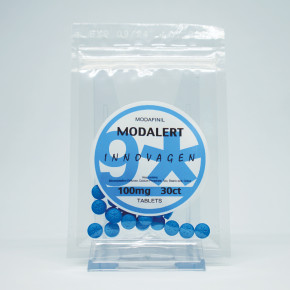









 Proudly Serving Canadians Since 2012
Proudly Serving Canadians Since 2012